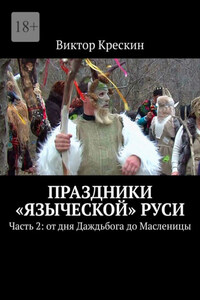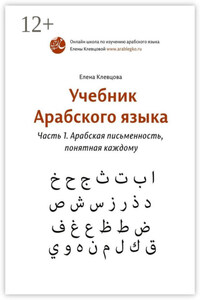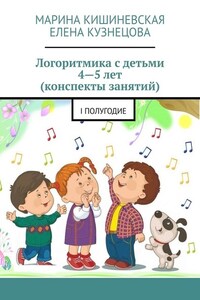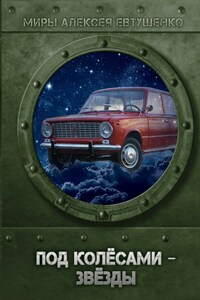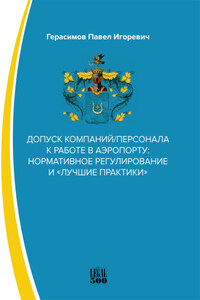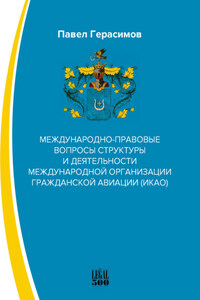Doing business in Russia
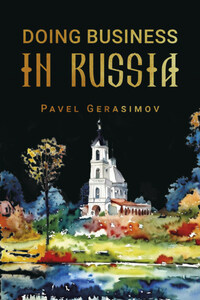
Pavel I. Gerasimov is an Honoured lawyer, with expertise in international sanctions, civil, criminal, tax, and immigration law. He is credited as the founder of crypto law and holds a PhD degree.
After graduating from the Law Faculty of the Peoples’ Friendship University of Russia, Fairleigh Dickinson University in the USA, and the University of Pennsylvania Carey Law School, Pavel obtained attorney licenses in the Russian Federation, Canada, and the UAE with exclusive right to practice within GCC.
Pavel is also recognized as an expert by the International Civil Aviation Organization (ICAO) and has successfully defended the rights of victims in various air crash cases, including the Tu-154 in Sochi, A-321 in Egypt, SSJ-100 at Moscow Sheremetyevo Airport, and Boeing-737 Max in Addis Ababa.
• Has published numerous articles and books on various legal topics, including cryptocurrencies and blockchain technology.
• Speaks several languages, including Russian, English, Spanish and Chinese.
• Regularly lectures at legal conferences and seminars around the world.
• Recognized as a leading authority in the field of international law and has been consulted by governments and corporations on legal matters.
• Committed to promoting justice and advocating for the rights of individuals in legal proceedings.



